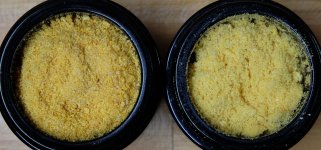benzyme said:The paper I linked proposes (and it has been shown before), that dimerization linkages actually occur from N1->C3.
This isn't particularly surprising, as autooxidation also affects that C3 position of indole.
Scalable Total Syntheses of N-Linked Tryptamine Dimers by Direct Indole-Aniline Coupling: Psychotrimine and Kapakahines B & F
So would we need to worry about managing/minimizing this kind of linkage in the aqueous phase? Or do we expect the solvent to be able to break it up before precipitation? Thanks!


